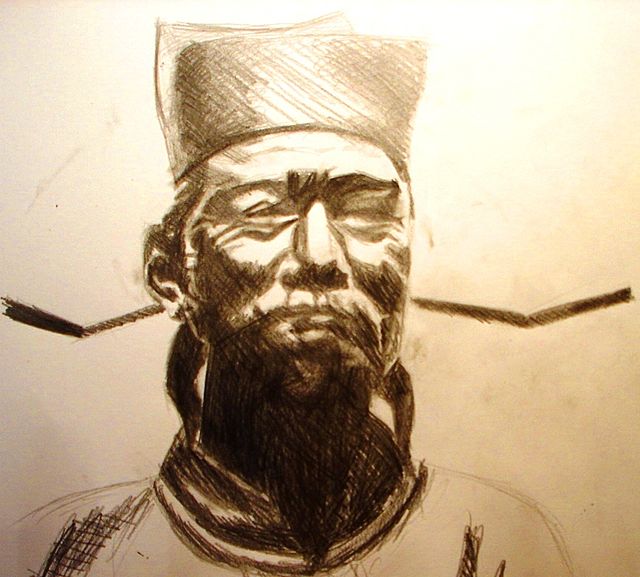The history of mathematics deals with the origin of discoveries in mathematics and the mathematical methods and notation of the past. Before the modern age and the worldwide spread of knowledge, written examples of new mathematical developments have come to light only in a few locales. From 3000 BC the Mesopotamian states of Sumer, Akkad and Assyria, followed closely by Ancient Egypt and the Levantine state of Ebla began using arithmetic, algebra and geometry for purposes of taxation, commerce, trade and also in the patterns in nature, the field of astronomy and to record time and formulate calendars.
A proof from Euclid's Elements (c. 300 BC), widely considered the most influential textbook of all time.
Geometry problem on a clay tablet belonging to a school for scribes; Susa, first half of the 2nd millennium BCE
The Babylonian mathematical tablet Plimpton 322, dated to 1800 BC.
Image of Problem 14 from the Moscow Mathematical Papyrus. The problem includes a diagram indicating the dimensions of the truncated pyramid.
History of mathematical notation
The history of mathematical notation includes the commencement, progress, and cultural diffusion of mathematical symbols and the conflict of the methods of notation confronted in a notation's move to popularity or inconspicuousness. Mathematical notation comprises the symbols used to write mathematical equations and formulas. Notation generally implies a set of well-defined representations of quantities and symbols operators. The history includes Hindu–Arabic numerals, letters from the Roman, Greek, Hebrew, and German alphabets, and a host of symbols invented by mathematicians over the past several centuries.
Babylonian tablet (c. 1800–1600 BCE), showing an approximation to the square root of 2 (1 24 51 10 w: sexagesimal) in the context of Pythagoras' Theorem for an isosceles triangle.
Archimedes Thoughtful by Fetti (1620) The last words attributed to Archimedes are "Do not disturb my circles", a reference to the circles in the mathematical drawing that he was studying when disturbed by the Roman soldier.
Euclid's Elements The prop. 31, 32 and 33 of the book of Euclid XI, which is located in vol. 2 of the manuscript, the sheets 207 to – 208 recto.
Modern artist's impression of Shen Kuo.








